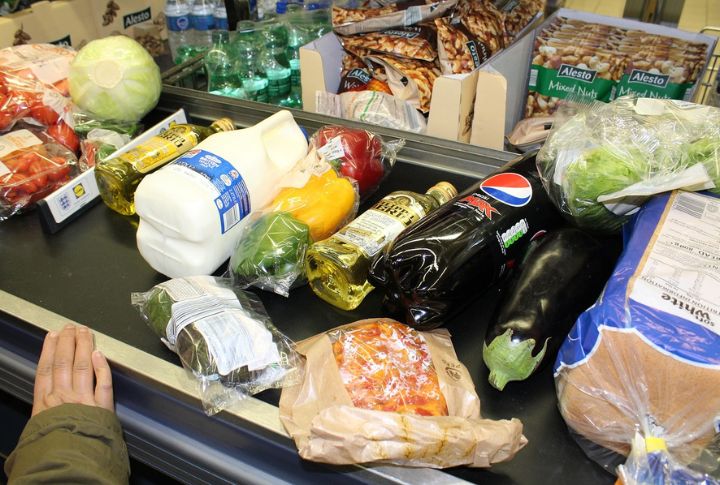
You might think that flashing sale signs and “special deals” mean real savings, but brands are masters at making you feel smart while spending more. Every promotion has a hidden twist designed to pull you in. Curious how marketers trick shoppers into overpaying without noticing? Here are 10 sneaky tactics brands use to make you think you’re saving.
Buy One, Get One Free Illusion
BOGO deals may look like a bargain, but the “free” item is usually built into the price of the first product. Retailers use this tactic to move low-demand or soon-to-expire stock. People are drawn to it thanks to the psychological appeal of getting something for zero cost.
Shrinkflation Packaging
Brands reduce the amount of product while keeping the price the same, which makes each unit more expensive. This is common for snacks, toiletries, and other fast-moving goods. Sometimes the packaging is redesigned to look full—using taller or wider containers—so shoppers overlook that there’s actually less inside.
Membership “Discounts”
Memberships typically promise savings, but upfront fees and purchase restrictions reduce actual benefits. Some memberships auto-renew, charging even if unused. While frequent shoppers might save occasionally, these programs encourage more spending, and the perceived discount rarely exceeds the cost of joining or the extra purchases they inspire.
Limited‑Time Flash Sales
Flash sales pressure shoppers to buy quickly by creating urgency. Often, the “discounted” price is based on inflated original prices, thereby exaggerating savings. Countdown timers heighten anxiety, whereas frequent repetition diminishes the sense of scarcity. These tactics encourage people to buy on impulse instead of saving money.
Bundle Deals

Multiple items are packaged together at a “discount,” however, some may be unnecessary for you. Retailers pair high-value products with cheap fillers to make savings appear bigger. Sometimes, the bundle costs more than buying individual items, giving the illusion of a deal while encouraging purchases of unwanted extras.
Mail‑In Rebates
Mail-in rebates promise partial refunds, but most customers fail to redeem them. Strict deadlines, forms, and receipt requirements make the process difficult. Brands take advantage of the low redemption rate—known as “breakage”—to boost profits, so the advertised post-rebate prices are rarely what people actually end up paying.
“Compare At” Pricing
Retailers show inflated “compare at” prices next to sale prices to make savings appear bigger. These reference prices are typically fake or outdated, and they exaggerate discounts. Shoppers assume they’re getting a deal; however, the original price might never have reflected the true market value, creating a misleading sense of urgency.
Free Shipping Thresholds
That free shipping minimum is designed to make you overspend. You’re $15 away from qualifying, so you toss something extra in your cart. But here’s the truth: retailers typically inflate prices to cover shipping anyway. You end up buying more stuff to access “savings” that were never real.
Exclusive VIP Sales
“Join our VIP club for exclusive access!” sounds tempting until you realize everyone’s invited. You’ll fork over membership fees or hit spending thresholds that wipe out your discounts. Those “exclusive” products magically appear in regular sales days later. It’s a privilege theater designed to trigger impulsive purchases and higher costs.
Coupon Stacking Restrictions
Many stores limit the number of coupons you can use at once or exclude sale items, which reduces savings. Digital coupons are especially restrictive, often allowing only one per item or transaction. These rules stop shoppers from combining discounts, so the perceived benefit of using multiple coupons is usually much smaller than expected.

